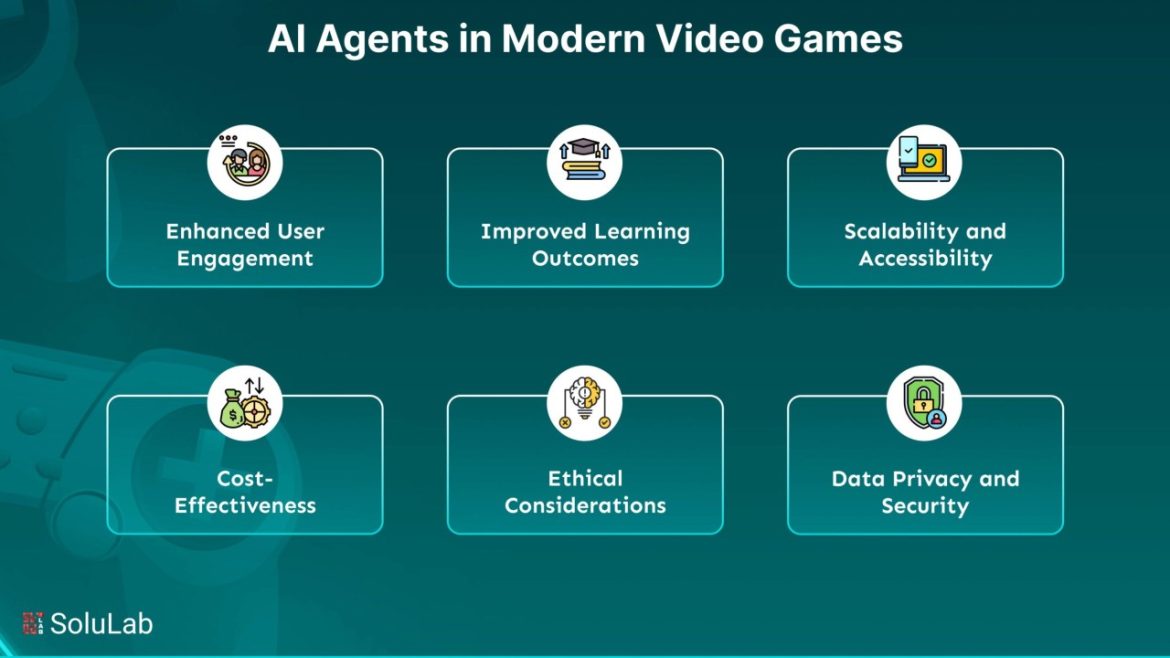How Video Games Evolved from Arcades to AI-Powered Experiences
The history of video games is one of the most fascinating evolutions in modern entertainment. From their humble beginnings in coin-operated arcade machines to today’s hyper-realistic, AI-driven digital worlds, games have grown into an industry that influences culture, technology, and even mental health research.
The Early Days: Simplicity with Purpose
In the 1970s, video games like Pong and Space Invaders introduced players to the thrill of interactive entertainment. The graphics were rudimentary, the objectives simple, but the impact was enormous. Arcades became social hubs, and gaming was no longer just a technological curiosity—it was a cultural movement.
The Console Wars and Innovation
By the 1980s and 1990s, companies like Nintendo, Sega, and later Sony revolutionized the market with home consoles. These systems expanded the possibilities of storytelling, design, and accessibility. Super Mario Bros., Sonic the Hedgehog, and Final Fantasy not only defined childhoods but also established franchises that are still active today.
Around this time, multiplayer modes began gaining popularity. This was a precursor to what would later become one of the most dominant forms of digital entertainment—online gaming.
The Rise of Online Gaming and eSports
The 2000s brought high-speed internet and online platforms like Xbox Live and Steam. Now, players could face opponents from around the world in real time. Genres like first-person shooters, MMORPGs, and MOBAs saw explosive growth. Titles like Counter-Strike, World of Warcraft, and League of Legends cultivated massive followings and competitive communities.
Today, eSports tournaments are broadcast globally, offering prize pools in the millions. Professional players gain celebrity status, and streaming platforms like Twitch allow anyone to build an audience around gameplay.
Artificial Intelligence and Procedural Design
Recent advancements in AI have pushed the boundaries of what video games can do. AI opponents now learn from player behavior, procedurally generated worlds offer endless exploration, and NPCs can respond in dynamic, lifelike ways.
Developers are also using machine learning to improve game testing and balance. AI tools analyze user data to optimize everything from difficulty curves to in-game economies.
As a side note, platforms exploring various forms of digital interactivity, such as multibet88, also reflect this growing intersection between game design, strategy, and online behavior.
Gaming and the Brain: Beyond Entertainment
Studies have increasingly focused on the cognitive effects of gaming. Puzzle and strategy games have been shown to improve memory and problem-solving skills. Meanwhile, virtual reality games are now used in therapy for PTSD, social anxiety, and even physical rehabilitation.
Despite the stigma that still surrounds gaming in some circles, it’s clear that video games have matured into a legitimate and multifaceted form of media.
What’s Next?
The next frontier could be entirely immersive metaverse experiences, decentralized gaming economies using blockchain, or fully adaptive storylines generated by AI. As hardware and software continue to advance, the only real limit is imagination.
Whether you’re playing casually on a mobile phone or immersed in a complex narrative on a next-gen console, video games are now a permanent part of our cultural and technological fabric.

